Behavioural change / COVID-19
Five Observations from Ottawa during COVID-19
It seems as though the current COVID-19 pandemic we’re facing is touching every part of our lives. There is possibly no better place to observe its impacts than in the day to day functioning of our cities. Rather than think too deeply about the possible long term implications of the current state of affairs (as there will be many), I thought I would share five observations that have all but slapped me in the face as I’ve gone about my new daily life. While many outcomes may still be completely unclear, I’m hopeful there are many lessons to be learned and–without a doubt–opportunities for people to experience their communities in new and hopefully positive ways.
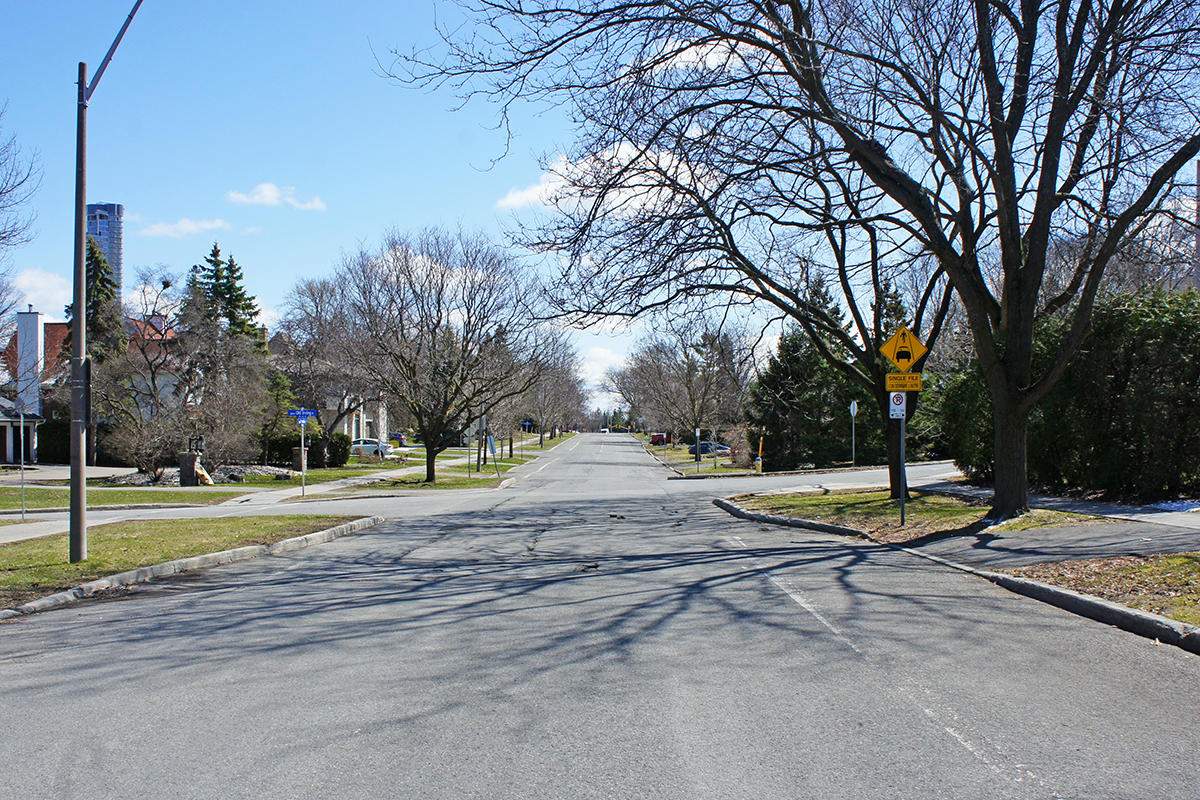
1. The quiet is deafening
I am in a somewhat fortunate position to have been able to frequently work home over the past several years. What this has afforded me is a fairly well-tuned internal baseline noise level for the street I live on in Ottawa, Canada. The day after our City made its first big statement about social distancing, one of the first things that struck me was how much quieter the street was. By quiet, I’m specifically referring to the lack of traffic noise. There remains a fairly average number of people walking around my central neighbourhood, but there is a conspicuous absence of traffic. Over the past few years, a number of studies have explored the health impacts from the ambient noise of cities, and I can’t help but wonder if others are also appreciating the quiet this emergency has brought.
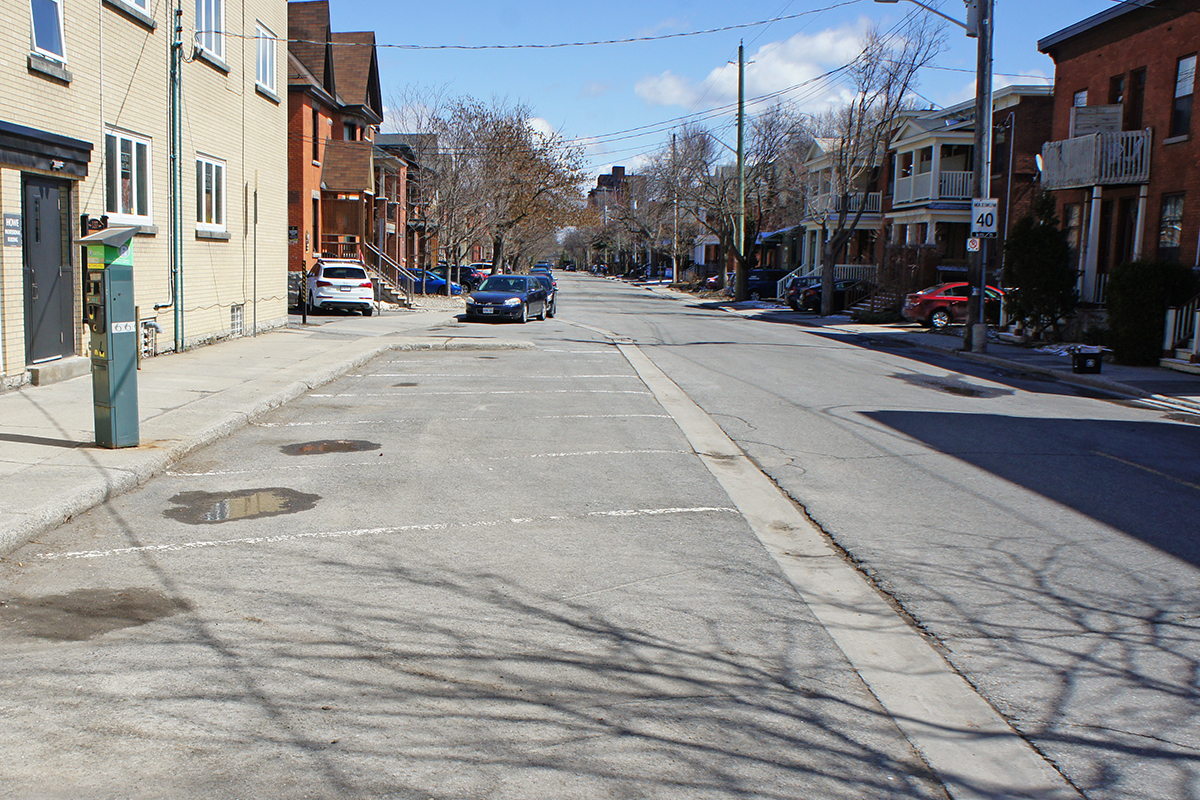
2. Parking… It’s empty
As someone that works on a number of active transportation projects, one thing is always certain: the amount of time I spend talking about the need for space for walking and cycling is equal to the time I spend responding to the need (or lack thereof) for on-street parking. Moving around the streets in my neighbourhood, the only thing perhaps as obvious as the quiet is the number of empty parking spaces. Seeing as most of the streets around my home are residential, even I had – erroneously – assumed that most of the cars that filled our streets on a daily basis were those of residents (and maybe the odd visitor). It’s an older neighbourhood that’s intensifying, so it wouldn’t have surprised me that many residents park on the street. I was clearly wrong. Street parking all around the City seems to be empty and it is glaringly obvious. We can’t take our current levels of travel as a baseline for what is needed for a well-functioning city, as most cities are not “functioning well” right now, but it certainly raises questions about what reasons and for whom our parking exists. And of course, it leads to the questions: what else we could do as a city with all that space?
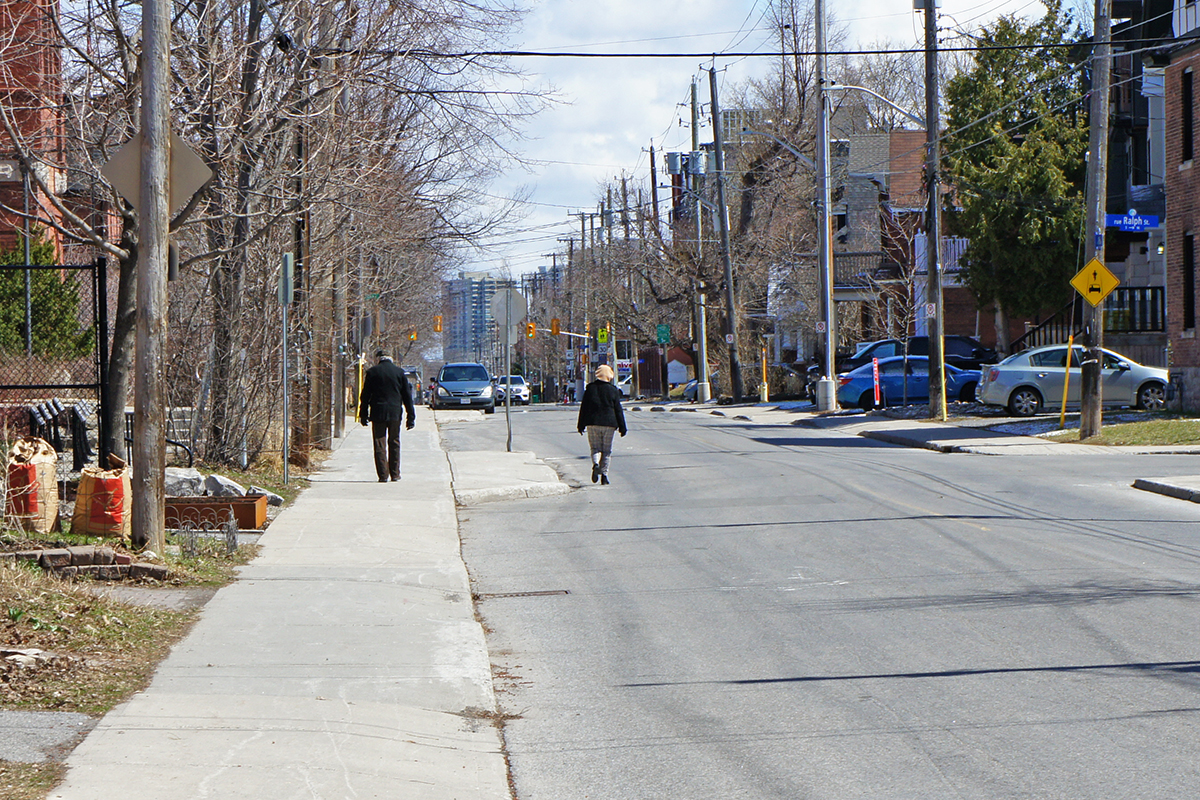
3. Sidewalks are small
This is not a new realization. For many reasons, good or bad, most sidewalks have essentially been built to the minimum acceptable width for a long time. This practice has never become more apparent, however, than in this time of social distancing. Although under no other circumstance would most people feel the need to leave two metres between themselves and others on the sidewalk, it’s perfectly normal to want to maintain your personal space while passing another person. With current sidewalk widths this is all but impossible, especially if you are walking with anyone else. Is it not reasonable that two people walking together might want to pass another couple of walkers without having to move to single file or step off the sidewalk? Sidewalks have been designed to be “just enough” to get by, which seems increasingly absurd along streets designed in a way that one car must never impede the progress of another. Perhaps we can be making better use of all that spare parking space?
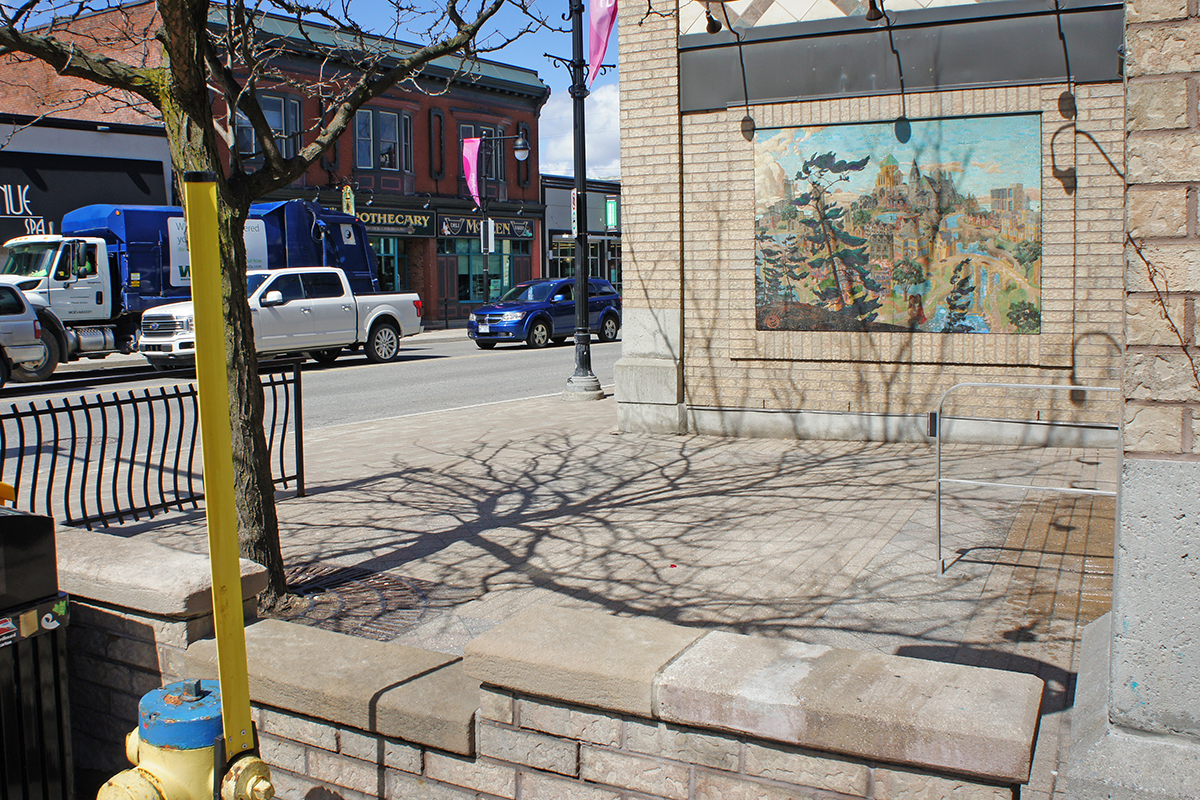
4. Social spaces are invaluable
As someone that has spent considerable time working remotely, I have become deeply familiar with the neighbourhood coffee shops along with other private and public social spaces where I can spend time, work, and be in the vicinity of other people. I am certainly not the first to recognize that humans are social animals, but the observations of thinkers such as Jane Jacobs and Jan Gehl surrounding the importance of informal social interactions has never been more relevant. These social spaces often help form the heart of our communities, even if it may not be evident at the time. I’m sure many have noticed the challenges of social distancing, chief amongst them a lack of social interaction, but it is perhaps the absence of these spaces which provide the opportunity for “passive contact” which has struck me hardest. This whole experience brought back a memory from my time living in the UK, when I was made aware that pubs are considered a public amenity under their planning legislation, and to close one and not replace it is roughly equivalent to building over a park. At the time I thought this was somewhat comical, but upon further reflection given the current situation, the rationale becomes ever more clear.
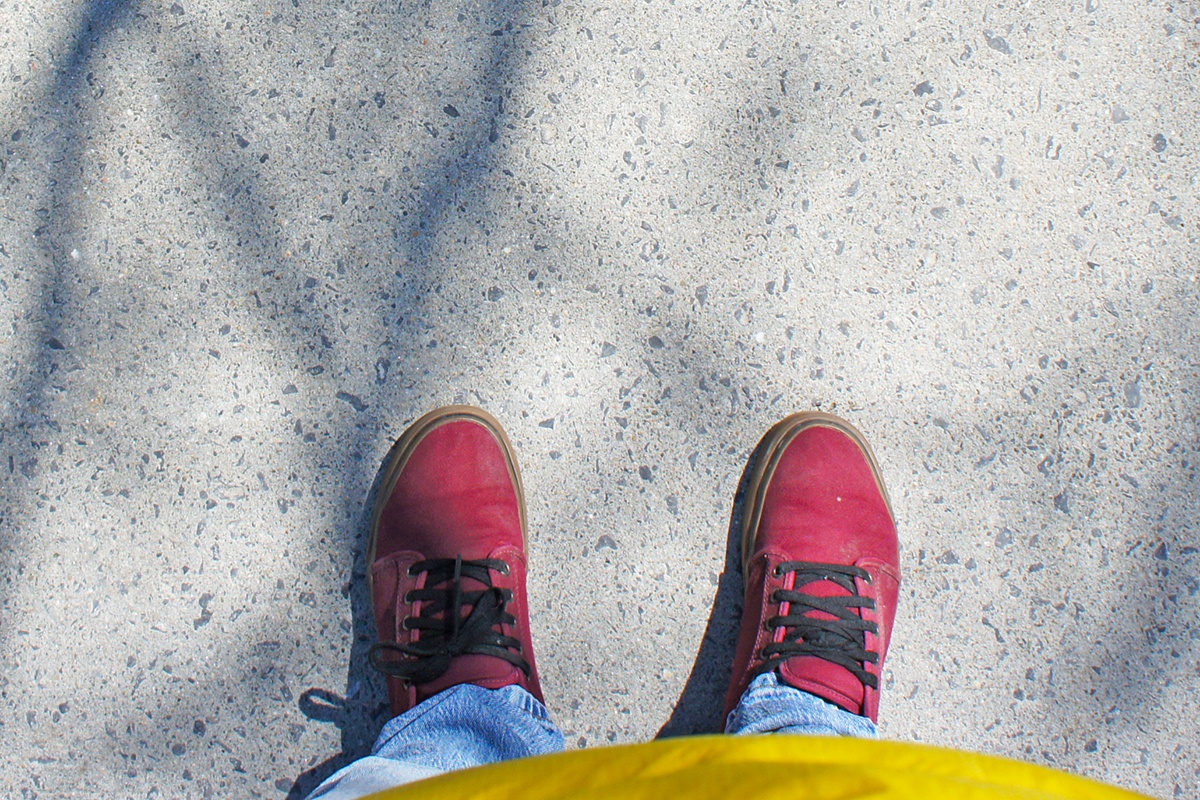
5. Everyone needs to be active
Getting out of the house for a bike ride this weekend had me riding out through one of the major suburbs in my city. This is a route I’ve taken for years, in both good and bad weather, on weekends and weekdays. It is typically quiet, and the sighting of other people walking or cycling is rare. This weekend was different. For us Ottawans it was a very balmy 8 degrees Celsius, coming out of another cold winter, and by no means a terribly nice day. However, there were people everyone. The quiet residential streets that are typically void of activity had endless families out for a little activity. Admittedly, this is only my very small data set to pull from, but the stories from around the world of increases in walking and cycling lead me to believe that there is perhaps a larger latent demand than we imagined, and this crisis has helped everyone realize how significant that might be.

